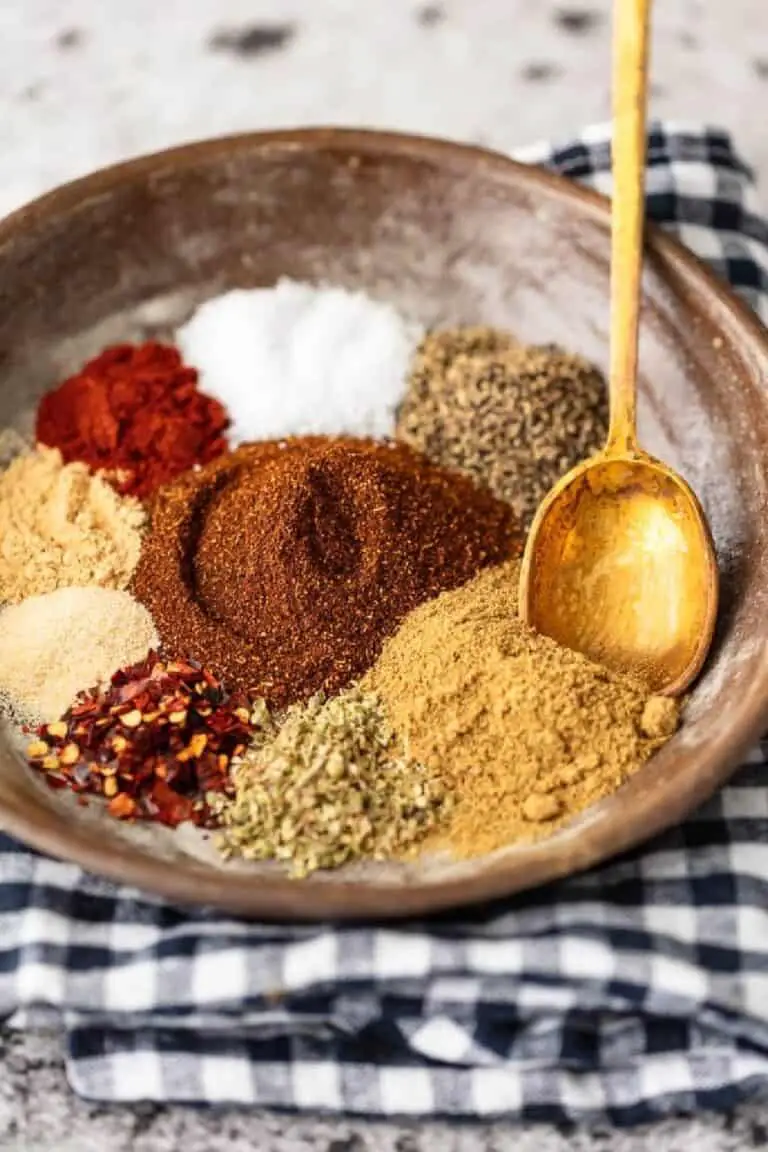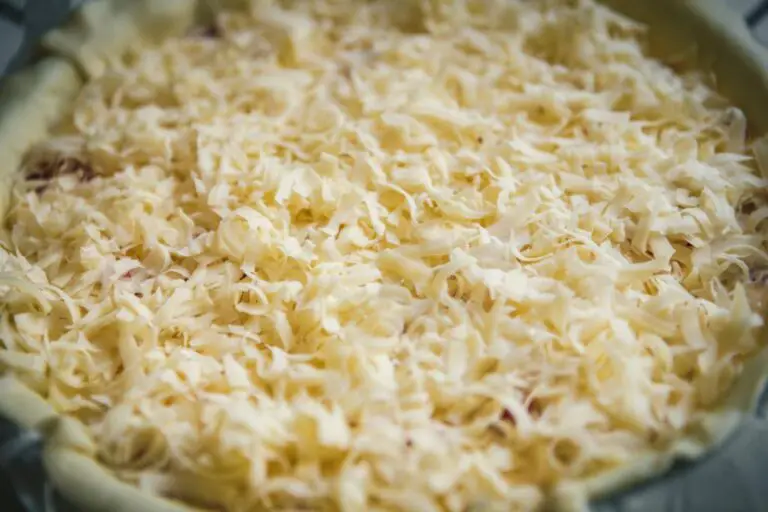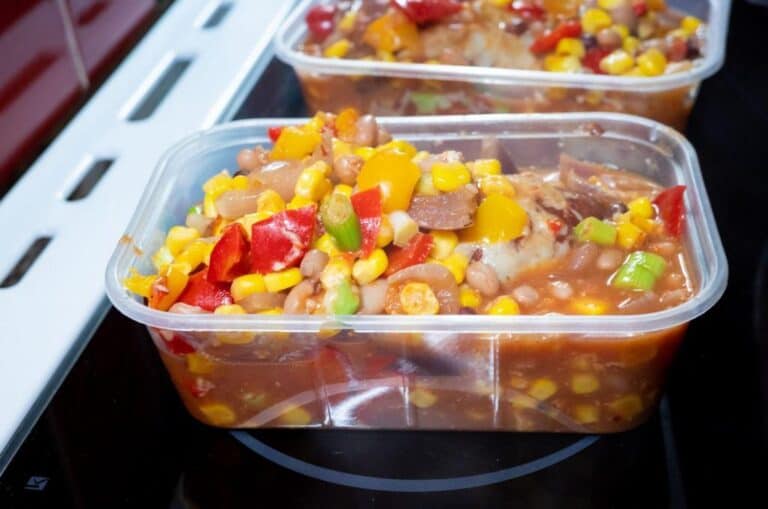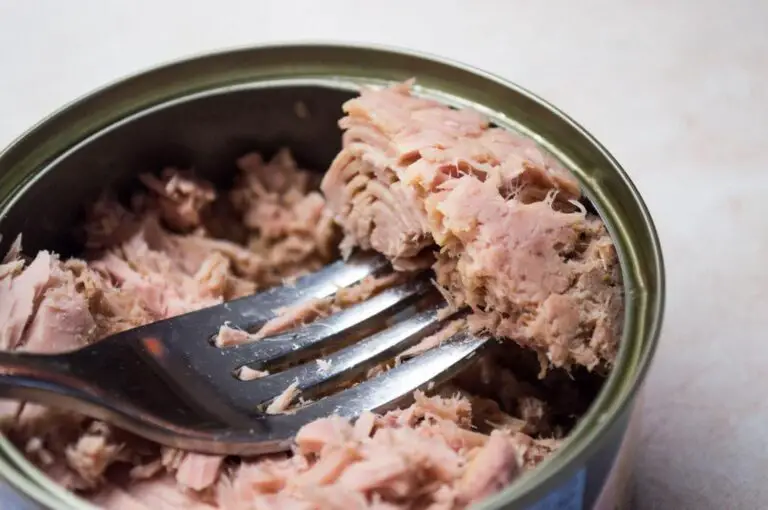Can You Get Sick From Eating Food Fried in Reused Old Oil?
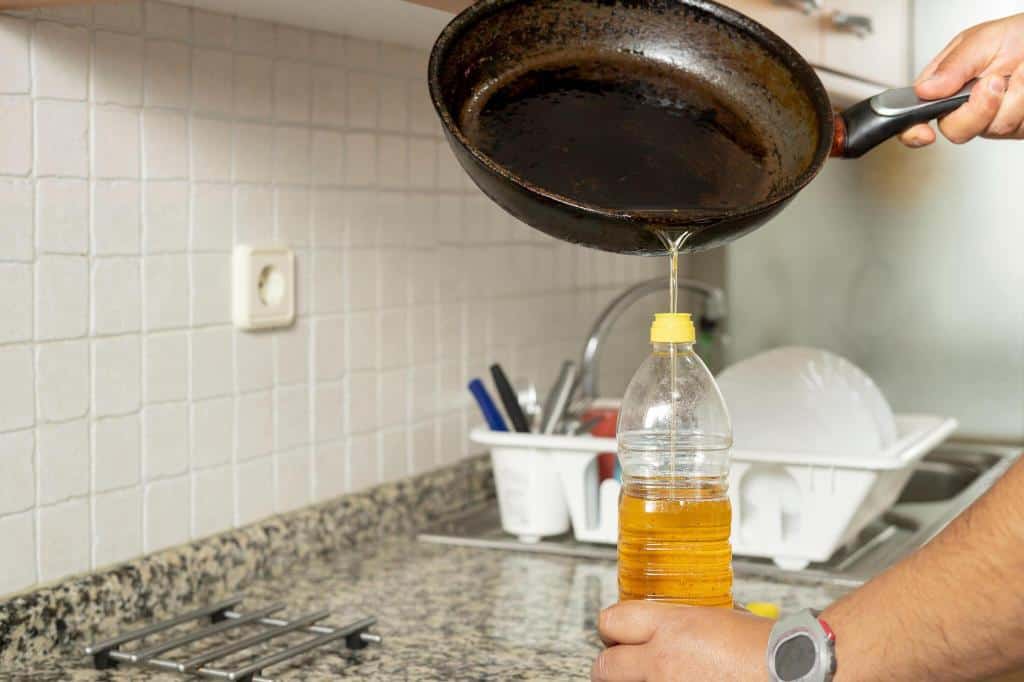
As you walk by your favorite fast food place, picture the tantalizing smell of French fries cooking in the air. You can almost taste the golden, crispy goodness calling out to you, promising savory satisfaction. But have you ever thought about what is inside that perfectly fried exterior?
What if I told you that the tasty exterior might hide a health risk: used oil that has been used before? Yes, that’s right. Is it possible to get sick from eating food fried in used oil? The oil that gives your favorite fried treats their irresistible crunch could also be hiding hidden dangers. Let us dive into this oily mystery and find out what is really going on in this kitchen puzzle.
The Practice of Reusing Oil
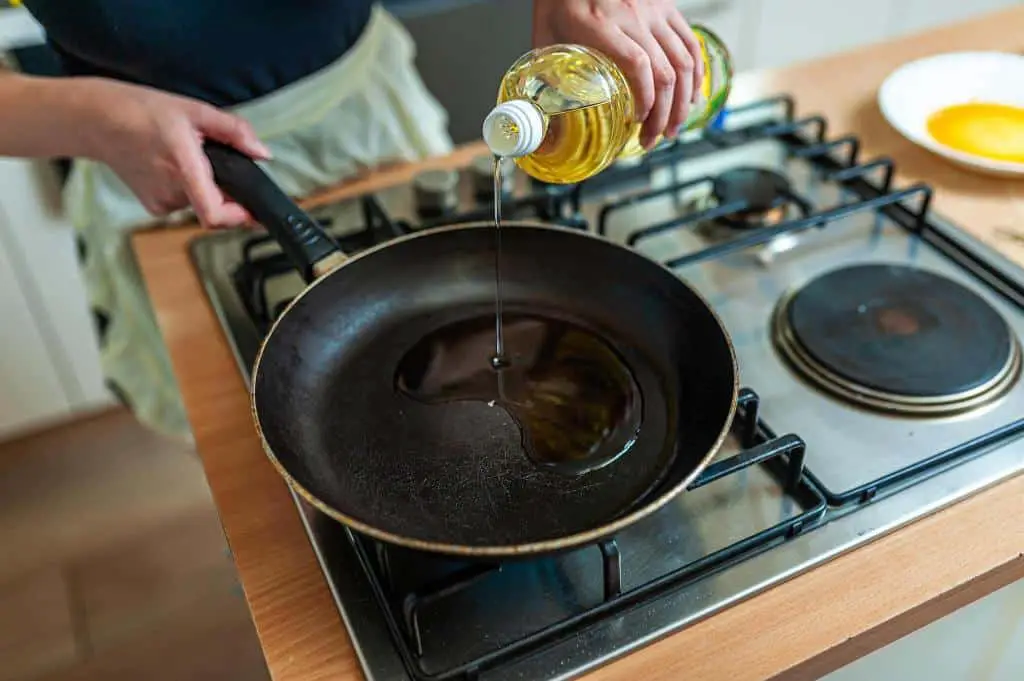
When it comes to the practice of reusing oil for frying, many home cooks are familiar with this thrifty habit. The process involves saving oil used for frying, filtering out any food particles or debris, and storing it for later use.
Cost-saving, convenience, and resource conservation influence oil reuse decisions. However, what many may not realize are the potential health implications associated with using old oil for cooking.
Reusing old oil for cooking affects food taste and may harm health. The practice of reusing old oil isn’t just about frugality; it’s about understanding the impact it can have on your well-being.
Understanding Rancid Oil
Rancidity in oil is not just about the smell and taste—it’s a chemical process that alters the structure of fats. When oils oxidize due to exposure to light, heat, or air, they break down into harmful compounds. This breakdown creates what we know as rancidity, giving rise to unpleasant flavors and potential health risks.
Identifying rancid oil can be as simple as using your senses. Give it a sniff; if the oil smells like old crayons or cardboard, it might have turned. Additionally, look at its color—rancid oil tends to darken over time. A taste test can confirm rancidity. Consuming rancid oil, even in small amounts, can upset your stomach or cause digestion problems.
Cooking food in rancid oil goes beyond flavor concerns; it poses serious health risks. Consuming foods fried in rancid oil introduces free radicals and other harmful byproducts into your body.
Substances link to inflammation and oxidative stress, leading to conditions like heart disease and cancer. So next time you reach for that bottle of reused oil, a quick check could save you from unwittingly putting your health at risk.
Can You Reuse Oil After Frying?
When it comes to reusing oil after you have fried something like fish, chicken, or any other thing in it, you have to keep some things in mind. Firstly, you should strain the oil before reusing it to get rid of the leftover particles of the previous food that you fried in it.
Moreover, you should try to reuse oil less than 3 times, as the quality and taste of oil deteriorate with each time you fry something in it.
Therefore, you will notice that you won’t get the same flavor of the fried food after you have fried it for the fourth time in the same oil as you did when you fried something in it for the first time.
It is worth mentioning that you should carefully choose the oil you are hoping to use for deep frying, as oils with a low smoking point will break down and start smoking at low temperatures. This can also result in the formation of free radicals in the oil, which are harmful to health.
Can You Get Sick From Eating Food Fried in Reused Old Oil?
Old or rancid oil will definitely smell and taste bad, and it will also have lost some of its antioxidants. However, eating food that has been fried in old oil will not make you sick.
Using rancid oil briefly won’t greatly harm your health. However, prolonged use can increase free radicals in your body. This can harm cells, proteins, and DNA.
The excessive consumption of old and rancid oil over a long period of time has been associated with free radical production in the body that can cause certain harmful effects. Rancid oil contains carcinogenic free radicals. Consuming large amounts of this oil long-term can disrupt normal body function.
Impact of Reusing Oil on Nutrient Content
When it comes to reusing oil for frying, one significant aspect to consider is its impact on the nutrient content of the foods being cooked. Oils that have been reused multiple times tend to lose some of their nutritional benefits. Each time oil is heated beyond its smoke point, it can break down essential nutrients like vitamin E and antioxidants.
Reheating oils also plays a role in reducing their nutritional value. When oil is repeatedly heated, especially at high temperatures used for frying, it can lead to the oxidation and degradation of beneficial compounds. For example, polyunsaturated fats, like those in most vegetable oils, can easily oxidize when heated more than once. This can lower the amount of omega-3 and omega-6 fatty acids in the food.
Some simple but effective tips can help you keep as many of the nutrients as possible when you fry with used oil. One way to do this is to use oils with higher smoke points, like coconut or avocado oil, which stay stable when heated up. Making sure the temperature is not too high while frying and not heating for too long can also help keep some of the healthy nutrients in the oil and the food being cooked. You can also keep your overall nutrient intake up by cooking some of your fried foods in other ways, like baking or steaming.
How Do You Know Your Old Oil Is Rancid?
It is worth mentioning that if you notice that your oil has become cloudy or flaky, you need not worry, as such oil is not rancid.
The reason behind this cloudy or flaky oil is that it was either kept in the refrigerator or at a very low temperature. What you have to do is keep your oil at room temperature, and you will notice that the oil has returned to its original state.
There are certain indicators that you should keep into consideration to find out whether your oil has gone rancid or not. You should consider the smell and taste of oil to reach a final verdict of whether or not it has gone bad.
Smell
Oil can go rancid and it can develop that unpleasant rancid aroma that is noticeable if you take a sniff test of the oil.
Color
If you notice that the color of your oil has darkened, then it means that your oil is past its prime time.
Taste
Moreover, if you feel some unpleasant taste or rancid taste while taking a bite of food fried in oil, then it means that your oil has gone rancid and it is better to discard it.
Best By and Best Before and Expiration Date
It is worth mentioning that it is the “best by” or “ best before” date that is written on the package of oil instead of the expiration date.
The “best by” or “best before” date that is written on the can of oil refers to quality rather than safety, so the oil doesn’t necessarily go bad immediately after the best before date.
This date refers to the time during which you can enjoy the peak quality of oil, but you can still use oil that is past this date as long as it is stored properly.
Therefore, you should do a sensory evaluation of the oil to reach a final verdict on whether the oil is still in its shelf life and still suitable to consume or not.
Tips to Properly Store Oil
- You should store your oil away from direct sunlight and heat. As sunlight and heat can increase the rate at which oil can go rancid or stale,.
- oil starts to lose its characteristic flavor and aroma when it comes into contact with the air and sunlight owing to oxidation reactions, which can ultimately make it rancid. Therefore, to seal the quality of oil for quite a long time, we recommend that you always close the lid/cap of the oil bottle as soon as you are done pouring the oil that you need to reduce the air exposure of oil.
- You can store the unopened olive easily in a cool, dry, and dark corner away from direct sunlight and heat. Thus, you can store oil in your pantry, cellar, or kitchen cabinet. You can store the oil in the pantry even after it has been opened, and it can last for a long time there.
| Also see: What Does Sesame Oil Taste Like? |
Best Practices for Safe Frying
Knowing when to discard used cooking oils is crucial for maintaining your health while enjoying fried foods. A general rule of thumb is to dispose of oil after about 2-3 uses, depending on the type of food fried and the temperature at which it was cooked.
If you fry fish or strong-flavored foods, change the oil frequently. Milder foods require less frequent oil changes. By being mindful of how many times you’ve utilized the oil, you can reduce the risks associated with consuming food cooked in old oil.
Keeping cooking oils in the right way is a big part of making them last longer. To keep your oils from going bad quickly, keep them out of direct sunlight and heat sources. A cool, dark cupboard or pantry is an ideal spot for storing oils.
Putting a tight lid on the container after each use can also help slow down the oxidation process that turns food rancid. This easy step not only keeps your oil in good shape, but it also makes sure that your fried foods taste fresh and good.
Consider baking, grilling, or air frying for healthier cooking alternatives instead of reusing old oil. These techniques can result in delicious dishes with less reliance on excessive amounts of oil. Try oven-baking chicken wings with spices for a crispy finish. This retains flavor without multiple oil fryings.
Small changes to your cooking habits can significantly improve your overall health without compromising the flavor and texture in your favorite meals.
Conclusion
It is vital to be mindful of the potential risks associated with using old, reused oils for frying. The practice of reusing oil can not only impact the taste and quality of your food but also pose health concerns that we should not overlook. Understanding the hazards of eating food fried in rancid oil helps us choose healthier meals.
Let us take a step towards better well-being by adopting safe frying practices and choosing fresh oils when needed. Your health is important. We can enjoy tasty, nutritious meals with minor cooking changes. This won’t sacrifice safety. Here’s to smart choices and healthier kitchens!

